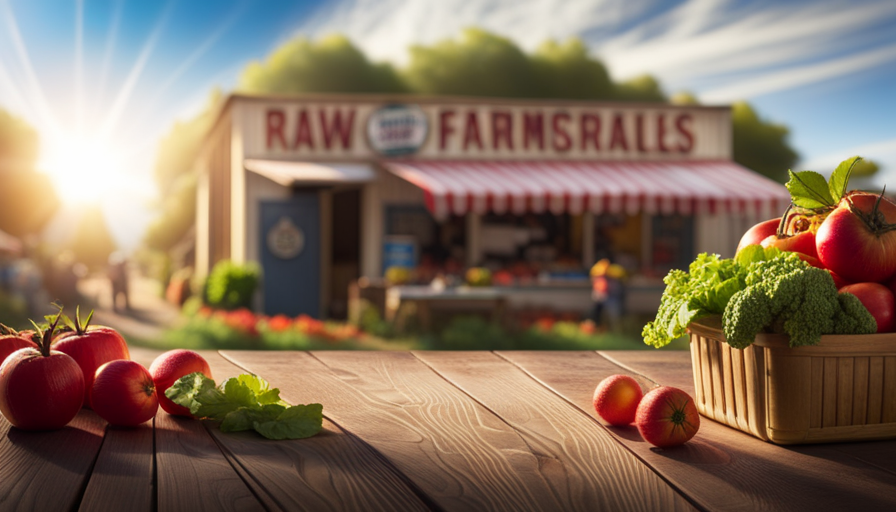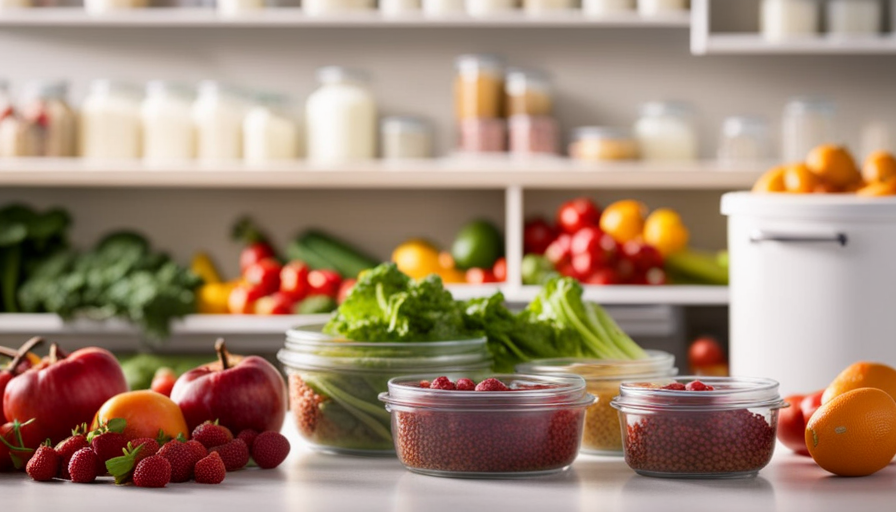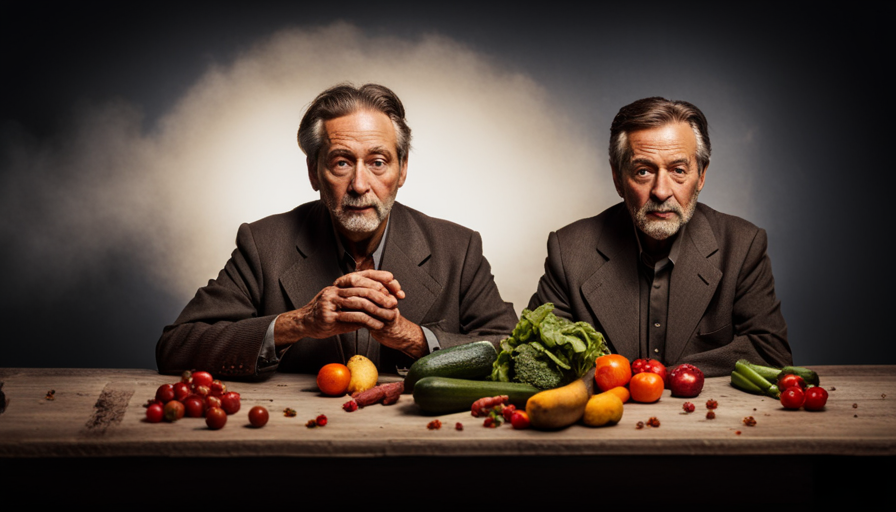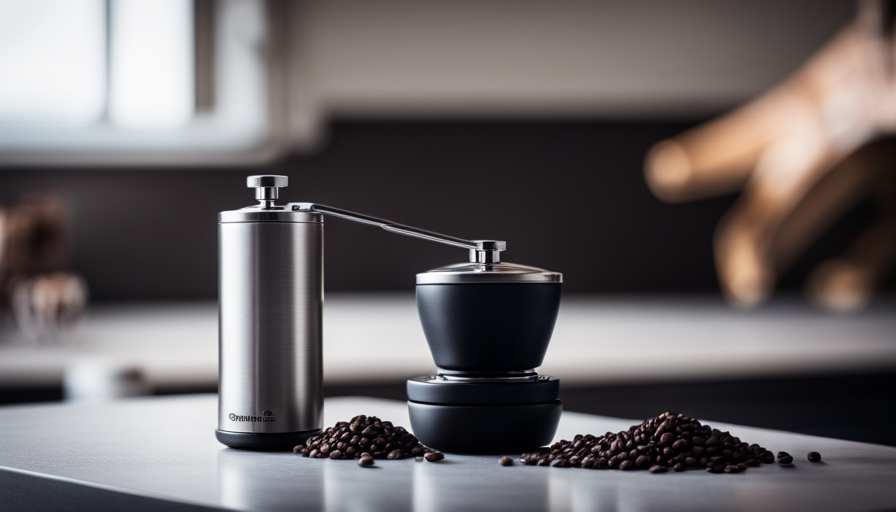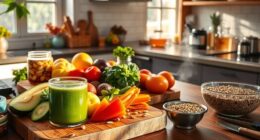Ah, the wonders of food! We all appreciate its flavors, savor its textures, and delight in its aromas. But have you ever stopped to think about the elements that come together to create those delicious dishes? Every mouthwatering meal is made up of carefully selected basic ingredients, mixed with skill and attention to detail to produce culinary delights.
Raw materials in food are the fundamental building blocks of our meals. They are the fruits and vegetables bursting with vibrant colors and essential nutrients. They are the grains, the staples that provide us with energy and sustenance. They are the dairy products, the creamy and luscious ingredients that add richness and depth to our recipes. They are the meats and poultry, the succulent proteins that satisfy our carnivorous cravings. They are the seafood, the treasures of the ocean that grace our plates with their delicate flavors. And let’s not forget the herbs and spices, the tiny powerhouses that elevate our dishes with their aromatic profiles.
In this article, we will delve into the world of raw materials in food, exploring the diverse array of ingredients that make our meals truly extraordinary. So buckle up and get ready to embark on a scientific and precise journey through the fascinating world of food raw materials. Let’s uncover the secrets behind the art of culinary creation!
Key Takeaways
- Raw materials in food are carefully selected and combined to create delicious dishes.
- Fruits and vegetables are rich in vitamins, minerals, and essential for a healthy diet.
- Grains like wheat, rice, corn, oats, and barley are used in food production.
- Dairy products provide calcium, protein, vitamins, and probiotics.
Fruits and Vegetables
Fruits and vegetables are rich in vitamins and minerals and are essential for a healthy diet. They provide our bodies with necessary nutrients and contribute to overall well-being.
When it comes to fruits, preservation is a key factor to consider. Various methods like canning, freezing, or drying are employed to extend their shelf life. Preserving fruits not only ensures their availability throughout the year but also helps in minimizing food waste.
Organic fruits have gained popularity in recent years due to their perceived health benefits and minimal use of synthetic pesticides. These fruits are grown without the use of artificial fertilizers, GMOs, or irradiation. On the other hand, conventional fruits are grown using traditional farming methods, which may involve the use of synthetic pesticides and fertilizers.
When choosing between organic and conventional fruits, one must consider personal preferences, budget, and availability. Both types can contribute to a balanced diet, and it’s important to focus on overall fruit consumption rather than solely on its organic status.
Moving on to the next section about grains, they are another important category of raw materials in food production.
Grains
When it comes to food production, we use various types of grains as raw materials. These grains include wheat, rice, corn, oats, and barley, among others.
Whole grains, in particular, offer numerous benefits as they’re rich in fiber, vitamins, minerals, and antioxidants.
Additionally, for individuals with gluten intolerance or celiac disease, there are gluten-free grain alternatives available, such as quinoa, amaranth, and buckwheat. These alternatives can be used in food production.
Types of grains used in food production
Barley, a versatile grain, adds a nutty flavor and a satisfying crunch to various food products, leaving your taste buds longing for more. It is one of the types of grains commonly used in food production due to its numerous benefits.
Whole grains, like barley, are rich in dietary fiber, vitamins, and minerals, making them an essential part of a healthy diet. Consuming whole grains has been linked to a reduced risk of chronic diseases, such as heart disease, type 2 diabetes, and certain types of cancer. The high fiber content in barley helps in regulating blood sugar levels and improving digestive health. Additionally, the presence of antioxidants in barley provides further protection against oxidative stress.
Moving on to the benefits of whole grains, they play a crucial role in promoting overall health and well-being.
Benefits of whole grains
Indulging in whole grains can greatly enhance your health and well-being, offering a wide range of benefits. Whole grains are packed with essential nutrients, fiber, and antioxidants that are crucial for optimal health. The health advantages of whole grains include reducing the risk of chronic diseases such as heart disease, stroke, type 2 diabetes, and certain types of cancer.
Additionally, whole grains can aid in weight management, promote digestive health, and improve overall gut health. Moreover, these grains have been linked to lower cholesterol levels and improved blood sugar control. Incorporating whole grains into your diet can also help maintain a healthy blood pressure and reduce inflammation in the body.
Transitioning to the subsequent section about gluten-free grain alternatives, it is important to explore suitable options for individuals with gluten sensitivities or celiac disease.
Gluten-free grain alternatives
If you really want to spice up your gluten-free diet, there are plenty of delicious grain alternatives waiting to tantalize your taste buds. Gluten-free baking substitutes offer a wide range of options for those seeking to avoid gluten while still enjoying their favorite baked goods. Some popular substitutes include almond flour, coconut flour, and tapioca flour. These alternatives not only provide a different texture and flavor to your baked goods, but they also offer various health benefits.
Gluten-free grains, such as quinoa and amaranth, are packed with essential nutrients like protein, fiber, and vitamins. These grains are also easier to digest, making them a great choice for individuals with sensitive stomachs.
Transitioning into the subsequent section about dairy products, it’s important to explore alternative options for those who are lactose intolerant or following a dairy-free diet.
Dairy Products
There are various types of dairy products available, including milk, cheese, and yogurt. These products are important in a balanced diet as they provide essential nutrients such as calcium, protein, and vitamins.
For individuals who are lactose intolerant, there are dairy alternatives available, such as plant-based milk and cheese made from soy, almond, or coconut.
Different types of dairy products
You can savor the creamy goodness of various dairy products. One of the most popular dairy products is cheese, which comes in different types such as Cheddar, Swiss, and Mozzarella. Each type of cheese has its own unique flavor, texture, and characteristics. Consuming dairy products, including cheese, provides several benefits. They are excellent sources of calcium, protein, and vitamins, which are essential for bone health, muscle growth, and overall well-being. In addition, dairy products contain probiotics that promote a healthy gut and improve digestion. Incorporating dairy products into a balanced diet is important for maintaining optimal health. Moving on to the next section about the importance of dairy in a balanced diet, it is crucial to understand how dairy products contribute to overall nutrition.
Importance of dairy in a balanced diet
Include dairy products in your daily meals to ensure a balanced diet and nourish your body with essential nutrients. Dairy farming plays a crucial role in providing us with a variety of dairy products that are rich in nutritional value.
These products, such as milk, cheese, and yogurt, are excellent sources of calcium, protein, vitamins, and minerals. Calcium, in particular, is essential for strong bones and teeth. Additionally, dairy products contain high-quality proteins that aid in muscle growth and repair. They also provide important vitamins like vitamin D, which is necessary for calcium absorption.
Incorporating dairy into your diet can contribute to overall health and well-being. However, for individuals who are lactose intolerant, there are alternative options available.
Dairy alternatives for lactose intolerant individuals
When it comes to dairy alternatives for those who are lactose intolerant, almond milk and coconut milk are two popular choices. Almond milk is made by grinding almonds and mixing them with water, then straining the mixture to remove the solids. It has a creamy texture and a slightly nutty flavor.
Coconut milk, on the other hand, is made by grating the flesh of mature coconuts and squeezing out the liquid. It has a rich and creamy consistency with a subtle coconut taste. These dairy alternatives can be used in a variety of dairy-free recipes, such as smoothies, baked goods, and sauces.
In addition to being lactose-free, almond milk and coconut milk offer several health benefits. They’re low in calories and fat, and they contain important nutrients like vitamin E and calcium. These dairy alternatives are a great option for those looking to cut dairy out of their diet.
Moving on to the next section about meat and poultry…
Meat and Poultry
Beef, chicken, and pork are some of the most commonly consumed raw materials in food. Meat preservation techniques, such as curing, smoking, and refrigeration, are used to extend the shelf life of these meats and ensure their safety for consumption.
Curing involves the addition of salt, sugar, and nitrates/nitrites to the meat, which helps prevent the growth of bacteria and enhances flavor. Smoking not only adds a distinct smoky flavor but also acts as a natural preservative by inhibiting the growth of bacteria through the antimicrobial compounds present in smoke. Refrigeration, on the other hand, slows down the growth of microorganisms and helps maintain the quality and freshness of the meat.
In addition to their versatility in cooking, meat and poultry are rich sources of essential nutrients. Poultry, such as chicken and turkey, is particularly known for being low in fat and high in protein. It’s also a good source of vitamins and minerals, including niacin, vitamin B6, and selenium. These nutrients play vital roles in maintaining overall health, supporting immune function, and promoting growth and development.
Moving on to the next section about seafood, it’s worth exploring the various types of fish and shellfish that are commonly consumed and how they contribute to a nutritious diet.
Seafood
Seafood, such as fish and shellfish, provides a delicious and nutritious addition to our diets, with over 3 billion people worldwide relying on seafood as their primary source of protein. Not only is seafood a tasty option, but it also offers numerous health benefits. Fish and shellfish are excellent sources of high-quality protein, vitamins, and minerals. They are low in saturated fat and contain omega-3 fatty acids, which are essential for optimal brain function and heart health.
When it comes to sustainable fishing practices, it is crucial to ensure that we protect and preserve our oceans’ biodiversity. Overfishing can have detrimental effects on marine ecosystems, leading to the decline of fish populations and disrupting the balance of marine life. Sustainable fishing practices aim to maintain fish stocks at healthy levels while minimizing the impact on the environment.
To further understand the nutritional value of seafood, consider the following table:
| Nutrient | Fish (per 100g) | Shellfish (per 100g) |
|---|---|---|
| Protein | 20g | 20g |
| Omega-3 Fatty Acids | 1.5g | 0.5g |
| Vitamin D | 1000 IU | 100 IU |
| Iron | 1.2mg | 3.5mg |
Seafood is a vital component of a healthy diet, providing essential nutrients and promoting overall well-being. As we transition to the subsequent section about ‘herbs and spices’, we can explore how these flavorful additions can enhance the taste of our food while also providing potential health benefits.
Herbs and Spices
Adding herbs and spices to our dishes can elevate their flavor and provide potential health benefits, making our meals more enjoyable and satisfying.
Herbs and spices are derived from various parts of plants, such as leaves, stems, seeds, bark, or roots, and have been used for centuries to enhance the taste and aroma of food. They offer a wide range of flavors, from mild to intense, and can be used in both sweet and savory dishes.
Herbs, such as basil, oregano, and thyme, are often used fresh or dried and can add a burst of freshness and complexity to our meals.
Spices, on the other hand, are usually dried and ground, and include popular options like cinnamon, cumin, and paprika. They can provide warmth, depth, and richness to our recipes.
Apart from their culinary uses, herbs and spices also offer various health benefits. Many of them contain antioxidants, which help protect our cells from damage caused by harmful molecules called free radicals.
For example, turmeric contains curcumin, a compound known for its anti-inflammatory properties. Ginger has been used for centuries to aid digestion and alleviate nausea. Cinnamon may help regulate blood sugar levels.
Incorporating herbs and spices into our diet not only enhances the taste of our meals but also provides potential health benefits. So, let’s explore the world of herbs and spices and experiment with different combinations to create flavorful and nutritious dishes.
Frequently Asked Questions
Are all fruits and vegetables considered raw materials in food?
Yes, all fruits and vegetables are considered raw materials in food. They’re rich in essential nutrients, vitamins, and minerals, making them highly nutritious. Incorporating raw fruits and vegetables into your diet can provide numerous health benefits.
They help boost the immune system, improve digestion, and reduce the risk of chronic diseases. Additionally, raw fruits and vegetables are low in calories and high in fiber, aiding in weight management and promoting overall health.
How are grains processed before becoming raw materials in food?
Grain processing techniques involve several steps to convert grains into raw materials for food. Firstly, the outer husk is removed through a process called dehusking or hulling.
Next, the grains are thoroughly cleaned and dried to remove impurities and moisture.
Milling follows, where the grains are ground into flour.
This flour can then undergo additional processing techniques such as refining or fortification to enhance its nutritional value.
What are some examples of raw materials in dairy products?
When it comes to dairy products, there are several examples of raw materials involved. Milk, the primary ingredient, is obtained from cows, goats, or sheep. Other raw materials used in dairy products include cream, butter, cheese, yogurt, and whey.
These raw materials undergo a series of processing steps before they become usable. Milk is pasteurized to kill harmful bacteria, while cream is separated from milk to create butter. Cheese and yogurt are made by fermenting milk, and whey is a byproduct of cheese production.
Can you provide a list of commonly used raw materials in meat and poultry products?
Sourcing sustainable raw materials is of utmost importance in the food industry, especially for meat and poultry products. The quality of raw materials directly impacts the taste and texture of these products.
Commonly used raw materials in this sector include animal carcasses, meat trimmings, poultry parts, and by-products like bones and organs.
Ensuring the sourcing of high-quality raw materials is crucial to maintaining the desired sensory attributes and overall consumer satisfaction with meat and poultry products.
What are the most commonly used raw materials in seafood dishes?
As a seafood enthusiast, I must say that the most popular seafood dishes are a treasure trove of flavors and health benefits. From succulent shrimp scampi to delicate lobster bisque, these dishes showcase the richness of the ocean.
Seafood is not only delicious but also packed with essential nutrients like omega-3 fatty acids and vitamins. Incorporating seafood into our diets can promote heart health, improve brain function, and boost overall well-being.
Can Raw Food Dishes Be Made Using Only Raw Materials In Food?
Yes, raw food dishes can be made using only raw materials in food. The raw food dish benefits include preserving nutrients and enzymes, aiding digestion, promoting weight loss, and providing a good source of fiber. Embracing a diet rich in raw food dishes can lead to improved overall health and well-being.
Conclusion
In conclusion, raw materials in food are the fundamental components that form the basis of our daily meals. They are the building blocks that fuel our bodies and keep us nourished. From the vibrant assortment of fruits and vegetables to the hearty grains, dairy products, meat, poultry, seafood, herbs, and spices, these ingredients provide the essential nutrients our bodies require for optimal health and wellbeing. They are the building blocks that fuel our bodies and keep us nourished. As the saying goes, "You’re what you eat," and with a diverse range of raw materials, we can ensure a balanced and wholesome diet.

